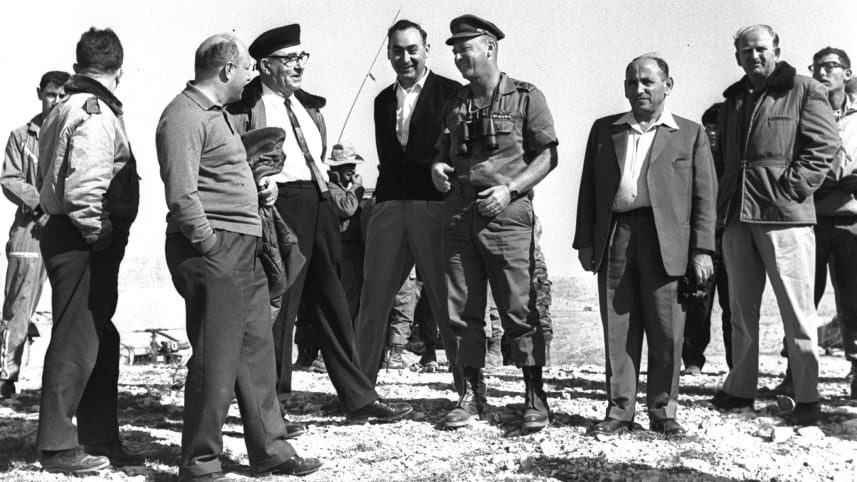
Israel lifted its military rule over the state's Arab community in 1966 only after ascertaining that its members could not return to the villages they had fled or been expelled from, according to newly declassified archival documents.
The documents both reveal the considerations behind the creation of the military government 18 years earlier, and the reasons for dismantling it and revoking the severe restrictions it imposed on Arab citizens in the north, the Negev and the so-called Triangle of Locales in central Israel.
These records were made public as a result of a campaign launched against the state archives by the Akevot Institute, which researches the Israeli-Palestinian conflict.

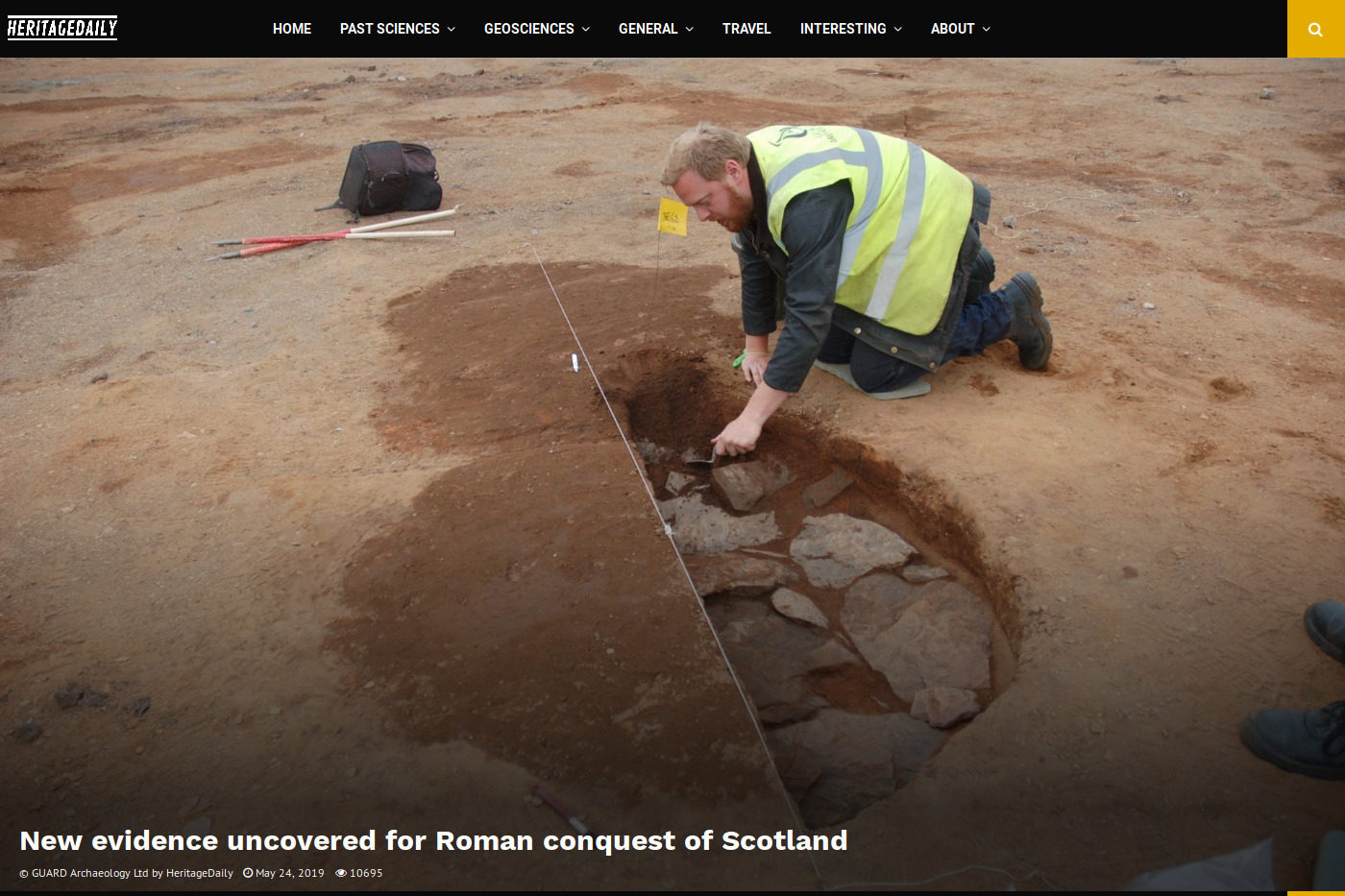
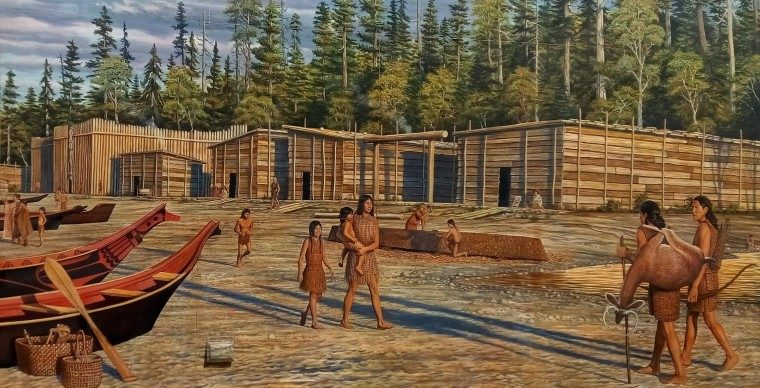
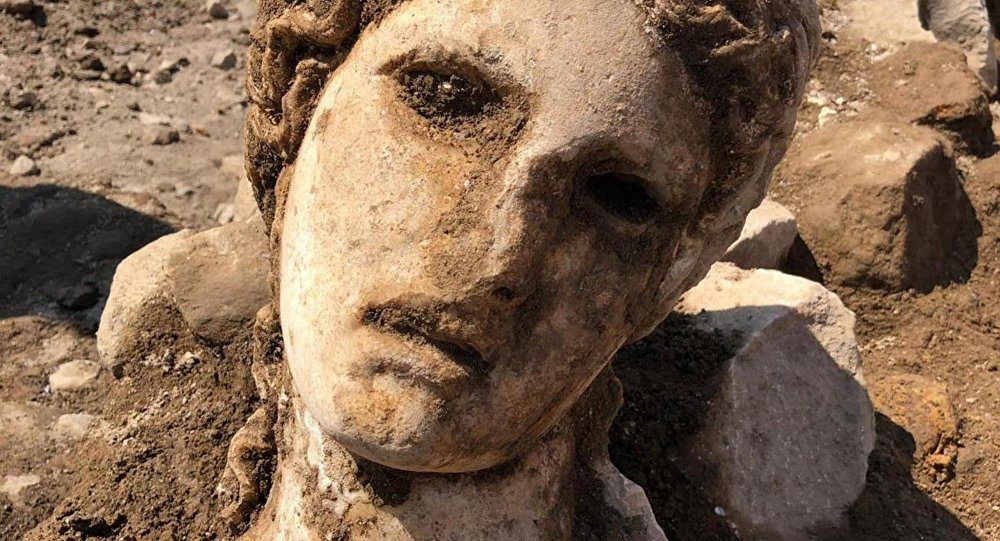
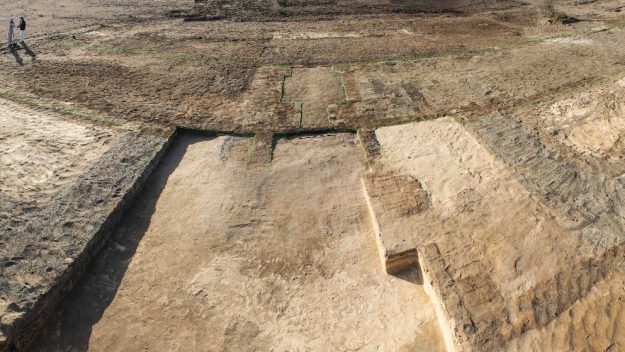
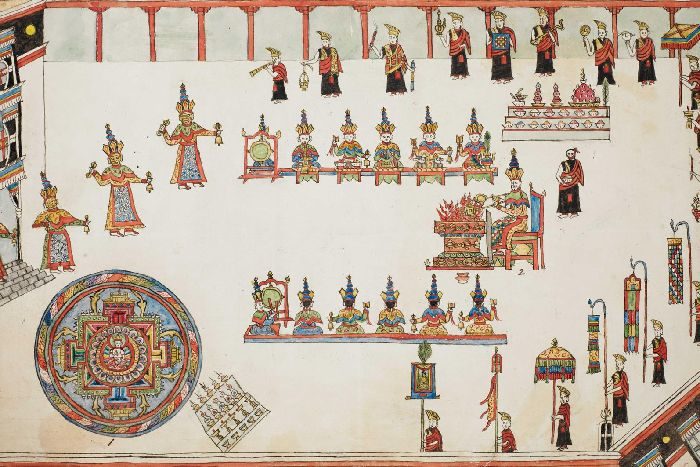


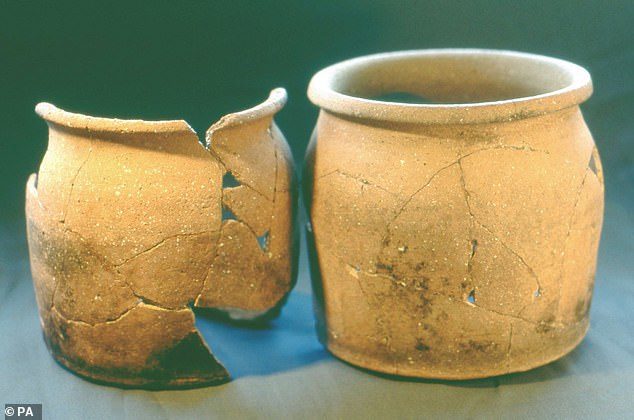



Comment: For a comprehensive history of the Nakba, see Ilan Pappe's The Ethnic Cleansing of Palestine, which was based on the IDF's own records of the war for Palestine and the systematic expulsion of the native Arab population.